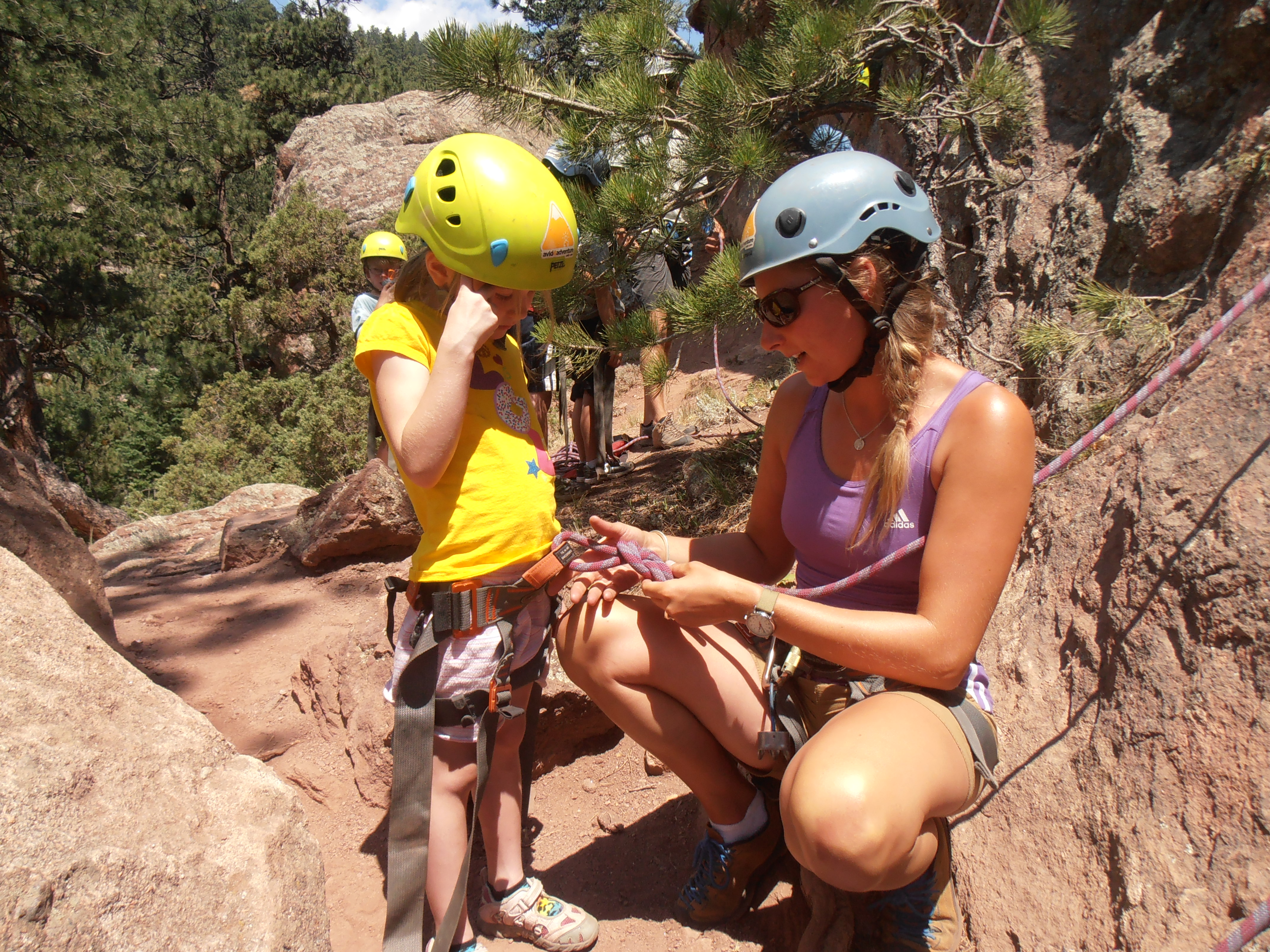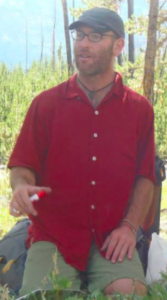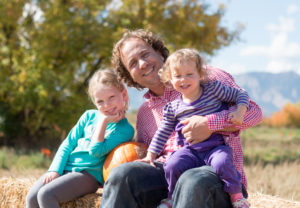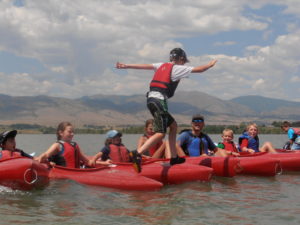
Ep. 29: Empowering Kids through Outdoor Adventures
Instead of telling kids what to do, we have the kids tell us what to do. It’s an empowering experience to let kids think that way from a young age.
-Paul Dreyer

Paul Dreyer
In Episode 29, I’m chatting with Kyle Littman (COO) and Paul Dreyer (CEO) of Avid 4 Adventure. Kyle and Paul are both passionate about empowering kids to choose an outdoor, active lifestyle away from screens. Avid4Adventure is a program for kids in Colorado and California. They teach every kid—from first-time adventurers to experienced athletes, from pre-K through 12th grade—how fun and empowering being active outdoors can be. As campers hike, bike, climb and paddle, they build lasting skills and newfound confidence, igniting a passion for being active that lasts their whole lives.
Why do you think there’s value in getting kids outdoors?
Natural consequences: So much of the environment that we live in — school, playground, etc. — people have tried to remove risk. We don’t want to avoid risk, we want to lean in where kids have natural consequences. If a kid doesn’t bring a jacket to camp, it’s fine to get wet as opposed to being on top of a mountain in a lightning storm, which is too big of a risk. Lean into more controlled risk, help kids learn from that to make better decisions.
Decision-making/judgment: When kids get taken outdoors, instructors don’t say “don’t do this, don’t do that.” We ask the kids very open questions… what’s different about this environment? Instructors help kids with positive risk-taking and developing good judgment. “It’s sunny out, we should all put our sunscreen on before we go.”
How can parents use these skills?

Kyle Littman with his daughters
Kyle: Start with “why?” What would you do? When my 5-year-old comes to me and asks what to wear to soccer practice or asks me to pack the back, I ask, “What do you think you should do? What’s the weather like?” I let her go outside and figure it out. If she decides to wear a t-shirt at this time of year in Colorado, she might be cold, but she’ll learn for next time. Everything from packing for a hike to going to a park allows kids opportunities to learn about natural consequences.
Paul: We do environmental briefings with a series of three questions:
(1) What’s changing in our environment?
(2) Based on the change in environment, what are the big risks?
(3) Okay great, what do you want to do?
Have these briefings all day long – get them in the mindset.
Our brain/risk management decision-making skills are a muscle just like everything else. Kids need to learn to ask themselves what the risks are and then make a couple of rules for themselves in that new environment.

Adventures on the Lake at Avid4Adventure
What advice do you have for parents who say their kids aren’t “outdoorsy?”
Summer camps expose kids to activities that parents might not be very interested in/wouldn’t expose their kids to.
Just don’t typecast your child as someone who doesn’t like to be outside.
Start small. If your child is currently spending a lot of time inside, you might not in one week turn him into a rock climber, but maybe you can get him in the backyard for 10 minutes.
If you find that your kids are ready and asking for a larger adventure, there are a lot of actual risks and perceived risks. Reach out for resources to see what the real risks are about activities. Like rock climbing — people think it’s risky when it’s actually really safe.
Links/Resources
Children & Nature Network – Organization and Community started by Richard Louv.
Outdoors Alliance for Kids – National strategic partnership of organizations from diverse sectors with a common interest in connecting children, youth and families with the outdoors.
Last Child in the Woods: Saving Our Children From Nature-Deficit Disorder: A revolutionary book that explains how being outside reduces stress and improves our well being and makes us feel physically better about ourselves.

